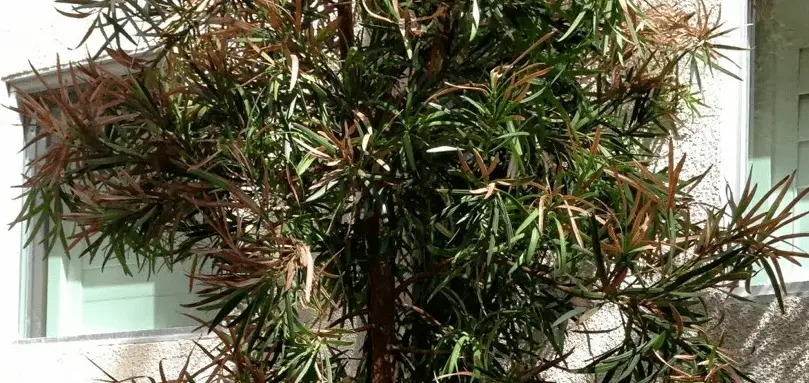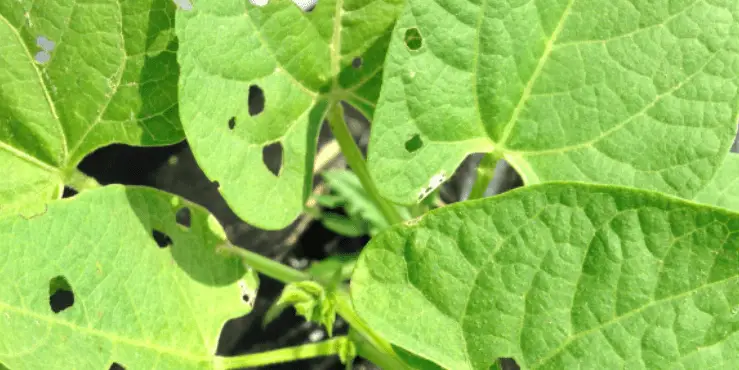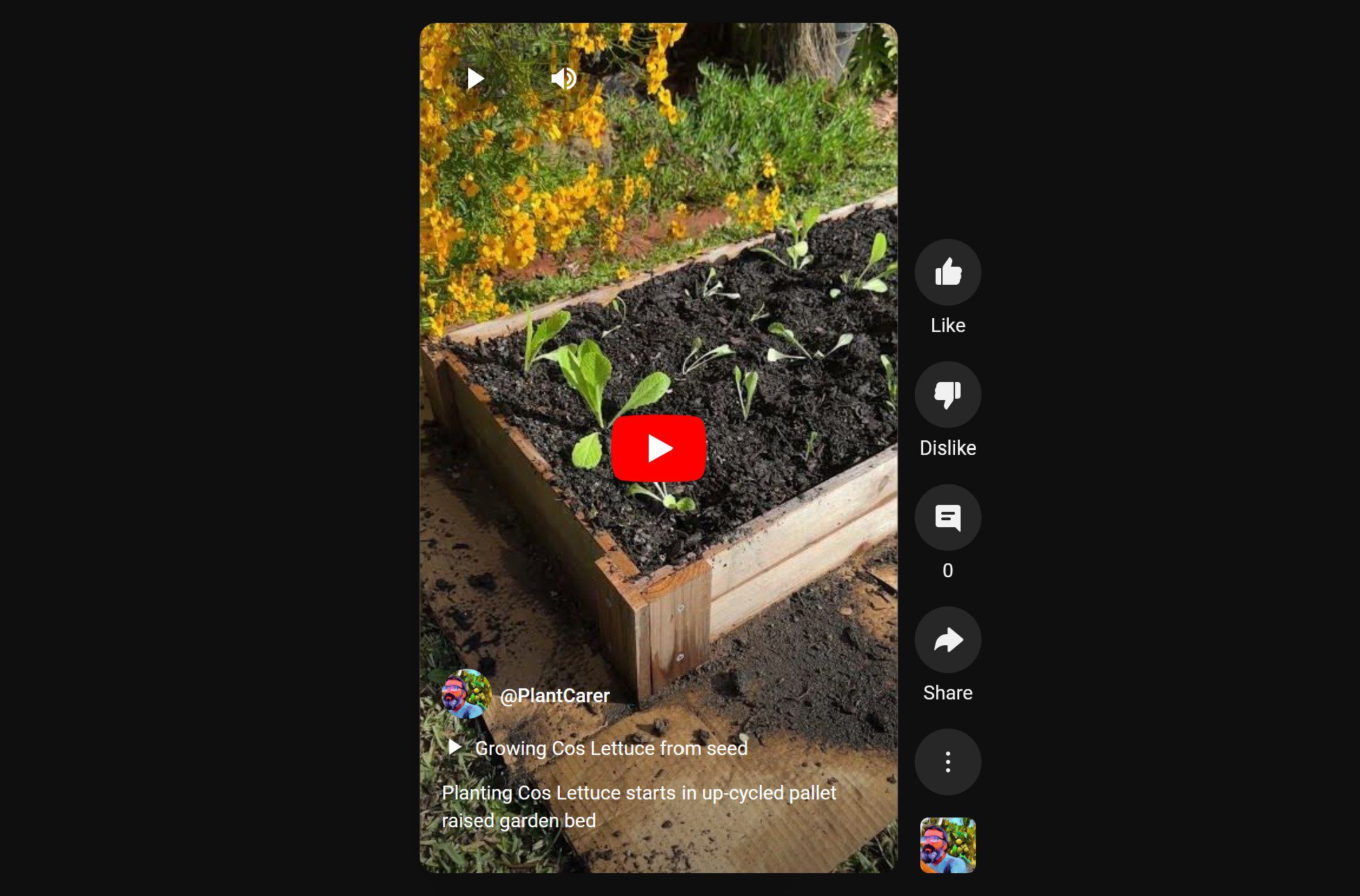If you’re looking for an easy-to-care-for houseplant, the baby pothos is a great option. In this blog post, we will discuss how to grow and take care of your baby pothos plant. We’ll go over everything from planting to watering to fertilizing. So if you’re ready to add some green to your home, keep reading!
How to Grow and Take Care of Baby Pothos?
Baby pothos plants need special attention to grow and thrive. They are not like other houseplants that can be neglected for long periods of time. Here are some tips on how to take care of your baby pothos plant:
1) Control the light
While adult pothos plants can receive partial sun, baby pothos plants are more sensitive to light. Too much sun can scorch the leaves, so it’s important to place your baby pothos in an area that isn’t too bright or exposed to grow lights.
I keep mine on my bedroom shelf that gets small slivers of sunlight throughout the day. This is enough light for my plant to grow, but not so much that it gets damaged.
If you’re unsure about the lighting in your home, it’s always best to err on the side of caution and give your plant a little less light than more. You can always increase the amount of light your plant receives as it grows larger and becomes acclimated to its new environment.
2) Create a watering schedule
Baby pothos plants need to be watered regularly, but they also don’t like to sit in water. This can lead to root rot, which can kill your plant.
To avoid this, create a watering schedule and stick to it. I like to water my baby pothos plant every 3-4 days with a small amount of water. This seems to be the perfect amount for my plant.
Your watering schedule will depend on a number of factors, including the size of your plant, the type of potting mix you’re using, and the humidity in your home. Start with bi-weekly waterings and adjust as needed.
Be sure to check the soil before each watering. If the top inch or so is dry to the touch, it’s time to water your plant. Once you’ve watered your plant, allow the excess water to drain away. Then empty the drainage tray to avoid overwatering.
3) Soil matters
When it comes to potting mix, you’ll want to use something that is lightweight and well-draining. Dense soil will hold too much water and can lead to root rot.
I like to use a mix of peat moss, perlite, and vermiculite. This mix provides adequate drainage while still holding enough moisture for the roots.
While an adult pothos can recover from root rot, a baby pothos is more vulnerable. So it’s important to use the right potting mix and watering schedule to avoid this problem.
4) Hold back on the fertilizer
Fertilizing pothos plants is a good idea, but only when the root system has had a chance to establish itself. For baby pothos plants, wait until they’ve been growing for at least six weeks before fertilizing.
I like to use an all-purpose fertilizer that I dilute to half strength. This provides the nutrients my plant needs without being too strong. Using too much or too strong of fertilizer can damage the roots and leaves of a baby pothos.
Pothos plants are known for being tough, so it’s important not to overdo it with the fertilizer. A little goes a long way, so start slow and increase the amount you use as your plant grows.
5) Keep an eye on your baby pothos
Pothos plants are relatively low-maintenance, but that doesn’t mean you can set them and forget them. Be sure to check on your plant regularly to make sure it’s healthy and happy.
Look for signs of pests, such as aphids or mealybugs. These pests can suck the nutrients out of your plant, so it’s important to get rid of them as soon as possible. In fact, an infestation of aphids can kill a baby pothos.
This is why I always recommend having some neem oil on hand. Neem oil is a natural pesticide that will kill pests without harming your plant. Simply mix it with water according to the instructions on the bottle and spray it on your plant.
Pests aren’t the only problem you’ll need to watch out for. Yellowing leaves can be a sign of too much or too little water, while brown leaves can indicate a lack of humidity. Be sure to adjust your care accordingly to keep your plant healthy and thriving.
If you notice any problems with your plant, take action immediately. The sooner you catch a problem, the easier it will be to fix.
How Often Should You Water Baby Pothos?
Baby pothos should be watered slightly more frequently when compared to adult pothos. Every 3-4 days is a good general rule, but as with all plants, the best way to know is to check the soil. If the top layer feels dry to the touch, it’s time for a drink!
The best type of water for baby pothos plants is filtered water as it doesn’t contain high levels of chlorine or other chemicals that can harm the plant. If you don’t have access to a filter, simply let the water sit out for 24 hours before using it. This will give the chemicals time to evaporate.
When do you Re-Pot a Baby Pothos?
There’s no need to re-pot a baby pothos until it has outgrown its current pot. This usually takes at least six months to a year.
When you do re-pot your plant, be sure to use a pot that is only one size larger. A pot that is too large will hold too much water and can lead to root rot.
Re-potting too regularly isn’t a good idea as it can disturb the roots and damage the plant. So unless your plant is outgrowing its pot, there’s no need to re-pot more than once a year.
Should I Grow Baby Pothos in Soil or Water?
It’s possible to grow baby pothos in either soil or water, so which is best?
While the initial roots sprout in just a few days when grown in water, the rest of the plant takes a long time to grow. You’ll be waiting months for the pothos to develop leaves, and they may never reach the size it would if grown in soil.
The roots of a plant grown in water are also different than those of a plant grown in soil. They’re thinner and more delicate, which makes them more susceptible to damage.
For these reasons, I recommend growing baby pothos in soil. It’s a slower process, but it’s worth the wait. Plus, you’ll end up with a healthier plant in the long run.
Some people leave their baby pothos in water for the first week, and then transplant it into the soil. This gives the roots a headstart before they have to start growing in soil.
Conclusion
In conclusion, baby pothos is a great plant for beginners. They’re easy to care for and can tolerate a wide range of conditions. Just be sure to use the right potting mix, watering schedule, and fertilizer to avoid problems.
And always keep an eye on your plant for signs of pests or disease. With a little care, your baby pothos will thrive and provide you with years of enjoyment. Thanks for reading! I hope this article was helpful. If you have any questions, feel free to leave a comment below. Happy gardening!
Tim is an avid gardener from the UK. He was the founder of PlantCarer.com from 2021 to Sep 2023. He sold PlantCarer.com to Aaron. He has since started his own business called Seed To Supper, which provides new gardeners all the materials you need in a box (pots, seeds, compost and instructions) to grow your own delicious and nutritious vegetables and herbs from start to finish – no garden required.









0 Comments